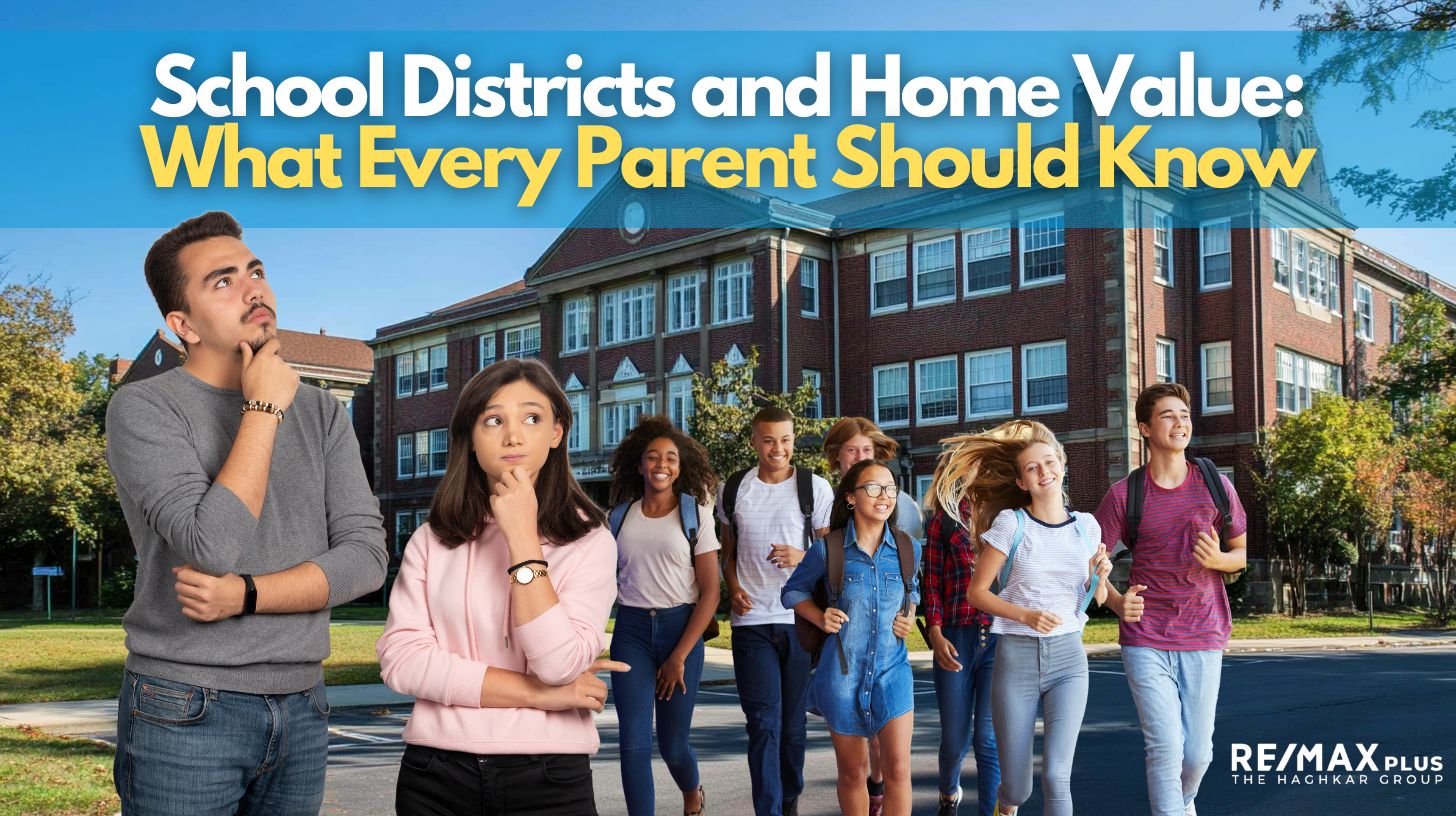
21 Feb School Districts and Home Value: What Every Parent Should Know
For many homebuyers—especially families with children—school districts play a crucial role in determining where to buy a home. Even buyers without school-aged children often consider a school district’s reputation because of the significant impact it has on home values, resale potential, and overall investment stability.
Whether you’re searching for a home in Greater Philadelphia or South Jersey, understanding the connection between school districts and property values can help you make an informed decision that benefits both your family and your financial future.
1. How School Districts Affect Home Prices
Higher Home Prices in Top-Rated School Districts
Homes in top-performing school districts often come with a higher price tag. Parents are willing to pay a premium to ensure their children receive a quality education without the added expense of private school tuition.
📊 Market Trends Show:
- In many areas, homes in highly-rated school districts can cost 10% to 30% more than homes in lower-rated districts.
- Even within the same city, properties in desirable school zones consistently sell faster and for higher prices.
- Zillow research found that home values in highly-ranked school districts appreciate faster than in lower-rated districts.
💡 Example: In Pennsylvania, the Lower Merion School District (one of the best in the state) has home prices significantly higher than other neighboring areas with lower-rated schools.
2. School District Ratings: What to Look For
Not all highly-rated schools are equal, and not all school districts fit every family’s needs. Here are key factors to consider when evaluating a school district:
a) Test Scores and Academic Performance
- Look at state test scores, graduation rates, and college acceptance rates.
- Websites like GreatSchools.org, Niche.com, and SchoolDigger.com provide school performance ratings.
b) Teacher Quality & Student-Teacher Ratio
- Districts with highly qualified teachers and low student-teacher ratios generally provide a better learning environment.
c) Extracurricular Programs and Special Services
- If your child has specific interests, check for strong STEM programs, music & arts education, sports teams, or gifted education programs.
- Look for special education resources if your child requires additional support.
d) School Funding & Facilities
- Well-funded districts typically have newer buildings, better technology, and enhanced learning resources.
- Check if schools have received recent facility upgrades or budget increases.
💡 Pro Tip: Drive by the schools you’re considering and talk to local parents about their experiences. A great school isn’t just about test scores—it’s about the community and culture.
3. School Boundaries and Real Estate Considerations
a) School Attendance Zones Can Change
- Just because a home is in a certain district today doesn’t guarantee it will stay that way.
- New school construction, rezoning, or population shifts can impact school assignments.
🔍 What to Do:
- Check the school district’s official rezoning policies before buying.
- Call the local school board or district office to confirm the home’s zoning.
b) Living Near a School Doesn’t Always Mean You’re in Its District
- Sometimes, district boundaries don’t follow logical geographical lines.
- Cross-check the home’s exact address with the school district’s website or a real estate agent.
c) The “Better” School Doesn’t Always Mean a “Better” Fit
- A highly-ranked school may not always be the best fit for your child’s unique learning style.
- Consider touring the schools and meeting teachers before making a decision.
4. Long-Term Investment: How School Districts Impact Resale Value
a) Homes in Good School Districts Hold Their Value Better
- Even during market downturns, homes in top-rated school districts retain their value better than those in lower-rated districts.
b) High Buyer Demand = Easier to Sell
- Many buyers prioritize school districts when house hunting, increasing the pool of potential buyers when you sell.
c) Appreciation Potential is Stronger
- Homes in top-performing school zones tend to appreciate faster, offering long-term investment security.
💡 Example: In South Jersey, towns like Haddonfield and Moorestown have seen strong home appreciation largely due to their excellent school systems.
5. Are Homes in Poorer-Rated Districts a Bad Investment?
Not necessarily! Some buyers find hidden gems in areas with improving schools.
✔ Lower Purchase Price: Homes in lower-rated school districts are typically more affordable.
✔ Potential for Growth: Some districts are investing in better facilities, programs, and teachers, leading to higher future ratings.
✔ Long-Term Strategy: If the school district improves, property values may rise significantly, offering strong ROI for investors.
🔍 What to Do: Research future school district development plans to identify up-and-coming areas.
6. Alternatives If You Can’t Afford a Top School District
If the price of a home in a top-rated school district is out of reach, consider these options:
✔ Buy a more affordable home and invest in private school tuition.
✔ Look for homes in areas with improving school ratings.
✔ Consider nearby neighborhoods that still offer strong school programs but at a lower price.
💡 Pro Tip: Some parents purchase in a district with good elementary schools and plan to move before their child reaches middle or high school.
7. How to Balance Home Affordability and School Quality
a) Set Priorities
Ask yourself: Is the school district the top priority, or is affordability more important?
✔ If education is the most important factor → Focus on top-rated school districts and adjust your home size/budget accordingly.
✔ If affordability is a bigger concern → Look at promising school districts that may be improving.
b) Work with a Local Real Estate Agent
A knowledgeable real estate agent familiar with Greater Philadelphia and South Jersey can:
- Help find homes within your budget in good school zones.
- Provide insight on up-and-coming areas with improving schools.
- Guide you through the school district verification process.
Final Thoughts: Making the Right Choice for Your Family
The connection between school districts and home values is undeniable. Whether you’re buying a home to raise a family or for long-term investment purposes, understanding how schools impact property values will help you make a smart real estate decision.
✔ Top-rated schools = higher home prices & strong resale value
✔ Lower-rated schools = potential investment opportunities
✔ Zoning boundaries & district policies can change—always verify before buying
💡 Looking for a home in a top school district? Our team specializes in helping families find homes in Greater Philadelphia and South Jersey with great schools, strong resale value, and excellent long-term investment potential.

